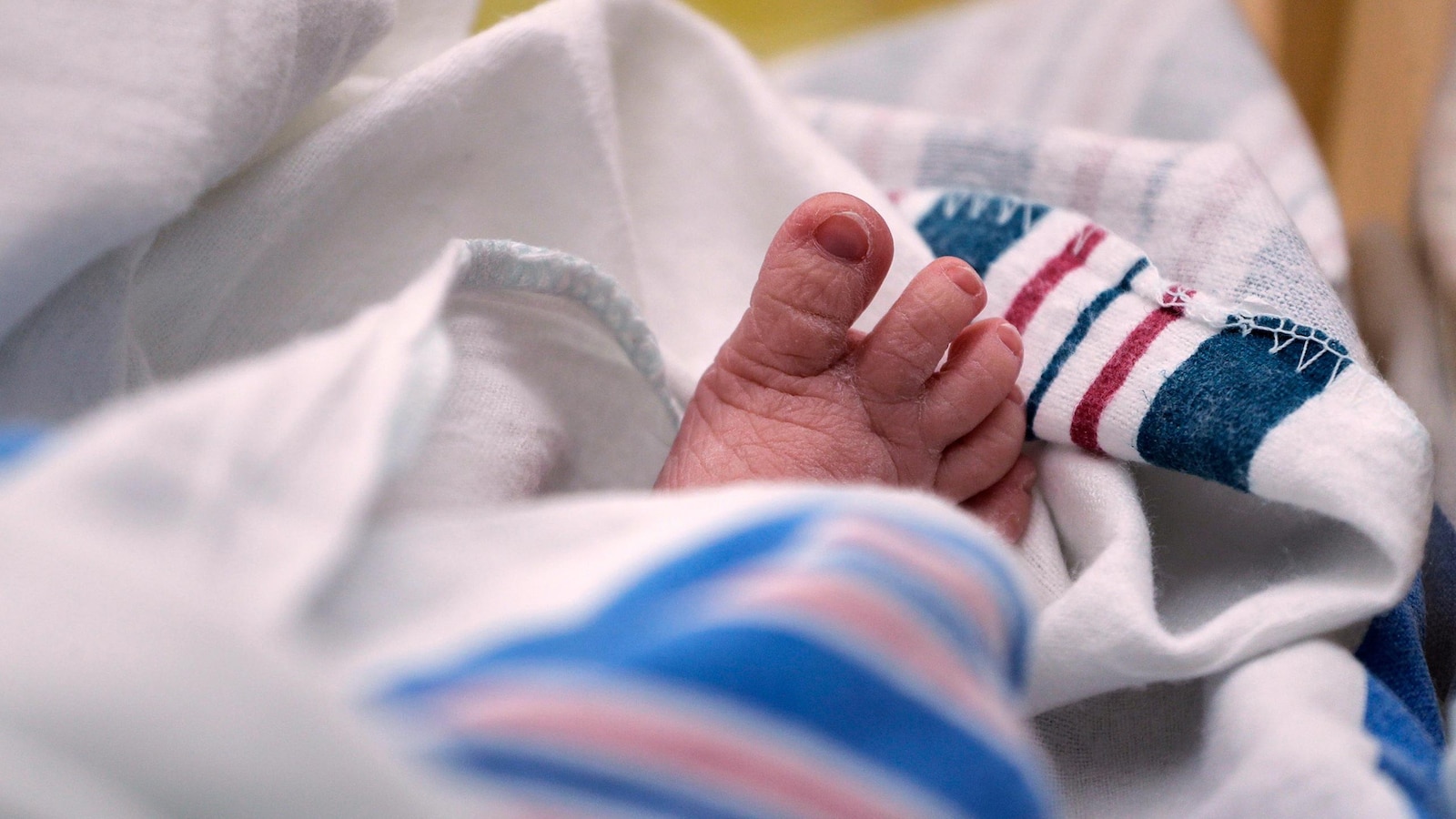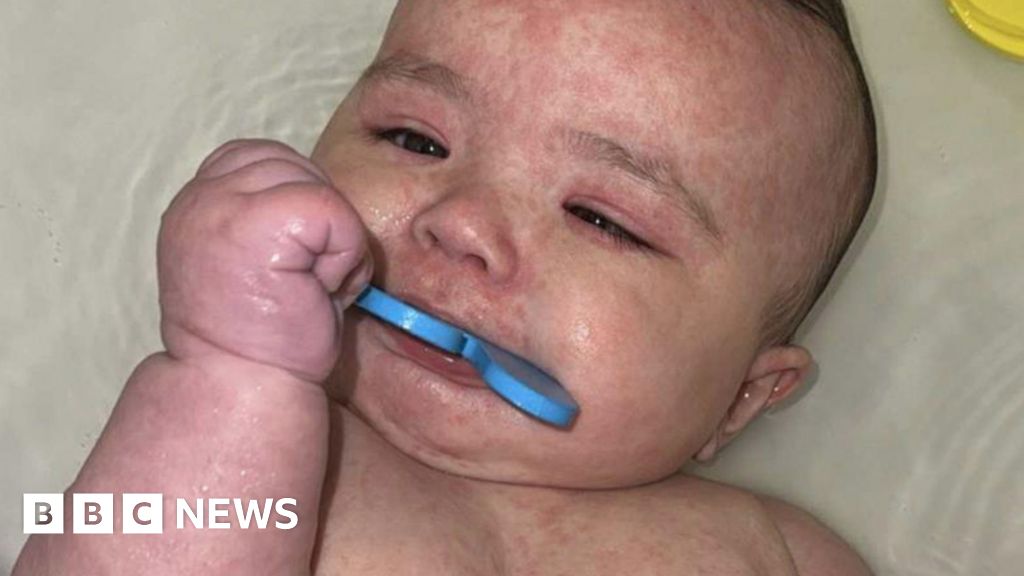T4K3.news
US fertility rate drops to historic low
Fertility rates in the U.S. have reached below 1.6 children per woman in 2024.

New data reveals the U.S. fertility rate has fallen below 1.6 children per woman.
US fertility rate reaches historic low in 2024
Federal data updates show the U.S. fertility rate has dropped to an all-time low of less than 1.6 children per woman for 2024. This decline represents a long-term trend where the U.S. fertility rate has not maintained the replacement level of 2.1 children, which was previously common in developed nations. Factors such as delayed parenthood and the rising costs of childcare contribute significantly to this trend. The findings prompted responses from policymakers, including initiatives introduced during the Trump administration aimed at promoting childbirth. Despite these efforts, experts suggest that the solutions being implemented may not address the underlying issues that discourage couples from having children.
Key Takeaways
"We’re seeing this as part of an ongoing process of fertility delay."
Leslie Root comments on the long-term trends affecting U.S. fertility rates.
"Worry is not a good moment to have kids, and that’s why birth rates are not improving."
Karen Guzzo highlights financial insecurity as a key factor in declining birth rates.
"The things that they are doing are really symbolic and not likely to budge things for real Americans."
Karen Guzzo critiques government measures aimed at increasing birth rates.
"As the total population of women of childbearing age grew due to immigration, it offset small increases in births."
Leslie Root explains demographic shifts affecting birth rates in the U.S.
This decline in fertility rates reflects a broader cultural shift where economic concerns and changing social norms reshape family planning. While government efforts to incentivize childbirth may provide temporary relief, they do not seem to tackle deeper issues like parental leave and affordable childcare that many families face. The hesitance to start families amid financial worries indicates a need for systemic reforms. As Professor Guzzo noted, solutions need to go beyond symbolic gestures. Without addressing foundational concerns, sustainable growth in birth rates seems unlikely.
Highlights
- A historic drop in the U.S. fertility rate raises alarm bells.
- Government measures fail to tackle the real issues behind declining birth rates.
- Economic stability is crucial for encouraging families to grow.
- The U.S. now shares a fertility rate with Western Europe.
Potential concern over declining birth rates
The significant drop in the U.S. fertility rate raises concerns about future population growth and economic implications. Key factors like financial instability and insufficient support for families contribute to this trend.
Long-term solutions must be rooted in addressing family stability and economic security.
Enjoyed this? Let your friends know!
Related News

Canada reports record measles cases
US home sales fell in June amid rising prices

Keir Starmer to discuss steel tariffs with Donald Trump

US THAAD missile interceptors used extensively in conflict

US home sales drop to lowest point in over a decade

Federal Reserve to keep interest rates unchanged

Trump secures trade agreements amid tariff increases
Bitcoin falls sharply amid global market decline
